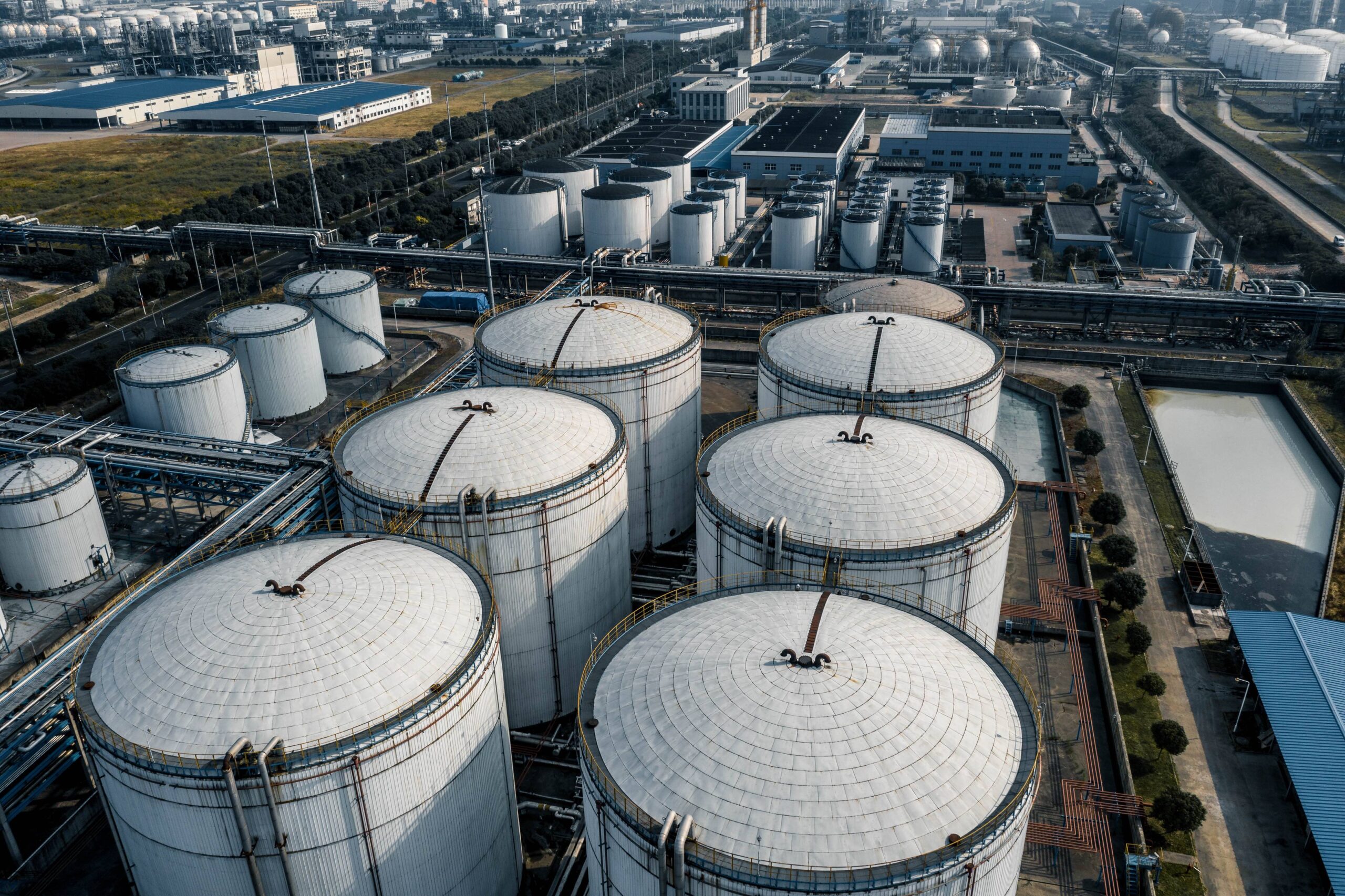Penerangan
Petrochemical production plants are complex facilities that transform raw materials, primarily hydrocarbons, into valuable chemical products. These products are used as building blocks for a wide range of industries, including plastics, pharmaceuticals, textiles, and agriculture. We are committed to advancing sustainable practices in petrochemical production. Our innovative approaches focus on reducing environmental impact through energy-efficient designs, waste minimization, and the integration of renewable energy sources. We have a team of seasoned professionals with extensive experience in the petrochemical industry. We have a team of seasoned professionals with extensive experience in the petrochemical industry. We leverage the latest technologies and methodologies to deliver cutting-edge solutions and build lasting partnerships with our clients through transparency and collaboration.
1) Olefins Plants
Olefins plants produce basic building blocks for plastics and chemicals through the process of steam cracking. This process involves heating hydrocarbons such as ethane, propane, and naphtha to high temperatures (750–950°C) in the presence of steam. The intense heat breaks down larger molecules into smaller, unsaturated hydrocarbons like ethylene and propylene.
- Ethylene and Propylene Production: Utilizing steam cracking processes, olefins plants produce ethylene and propylene from feedstocks like naphtha, ethane, propane, and butane.
- End Products: Polyethylene, polypropylene, ethylene oxide, and ethylene glycol.
Key Processes:
- Steam Cracking: Hydrocarbons are rapidly heated, causing them to decompose into olefins.
- Quenching: The hot cracked gas is cooled quickly to stop the reaction.
- Fractionation: The resulting mixture is separated into its components through distillation.
- Hydrogenation: Removal of unwanted compounds to purify the olefins.
Applications:
The olefins produced are foundational to manufacturing various plastics, synthetic rubber, and other chemicals. Ethylene is used to make polyethylene, one of the most common plastics, while propylene is a precursor for polypropylene.
 2) Aromatics Plants
2) Aromatics Plants
Aromatics plants produce aromatic hydrocarbons primarily through catalytic reforming and extraction processes. Catalytic reforming involves processing naphtha at high temperatures (500–550°C) in the presence of a catalyst to rearrange or break hydrocarbon molecules into aromatic compounds.
� � � � � � �
- Benzene, Toluene, and Xylene (BTX) Production: Derived from catalytic reforming and pyrolysis gasoline processes.
- End Products: Styrene, phenol, nylon, and polyester.
Key Processes:
- Catalytic Reforming: Converts naphtha into aromatic compounds through the use of heat and catalysts, facilitating the extraction of valuable chemicals.
- Solvent Extraction: Separates aromatics from other hydrocarbons using selective solvents to ensure purity and quality.
Applications: Aromatics are used to manufacture a wide range of products, including synthetic fibers (nylon, polyester), resins, and dyes.
3) Fertilizer Plants
Fertilizer plants synthesize essential nutrients for agriculture through chemical reactions. The production of ammonia via the Haber-Bosch process is a critical step, followed by converting ammonia into urea, nitrates, and phosphates.
- Ammonia Production: Using the Haber-Bosch process to synthesize ammonia from nitrogen and hydrogen.
- Urea Production: Conversion of ammonia and carbon dioxide into urea, widely used as fertilizer.
Key Processes:
- Haber-Bosch Process: Nitrogen and hydrogen are combined under high pressure and temperature to produce ammonia.
- Urea Synthesis: Ammonia reacts with carbon dioxide to form urea.
- Nitric Acid Production: Ammonia is oxidized to produce nitric acid, a precursor for nitrates.
- Phosphate Processing: Phosphate rock is treated with acid to produce phosphoric acid, which is then converted into fertilizers.
Applications:
Fertilizers are crucial for enhancing soil fertility and boosting agricultural productivity, supporting global food production.
Lebih maklumat tentang Sparco Engineering Sdn Bhd

 Malaysia
Malaysia